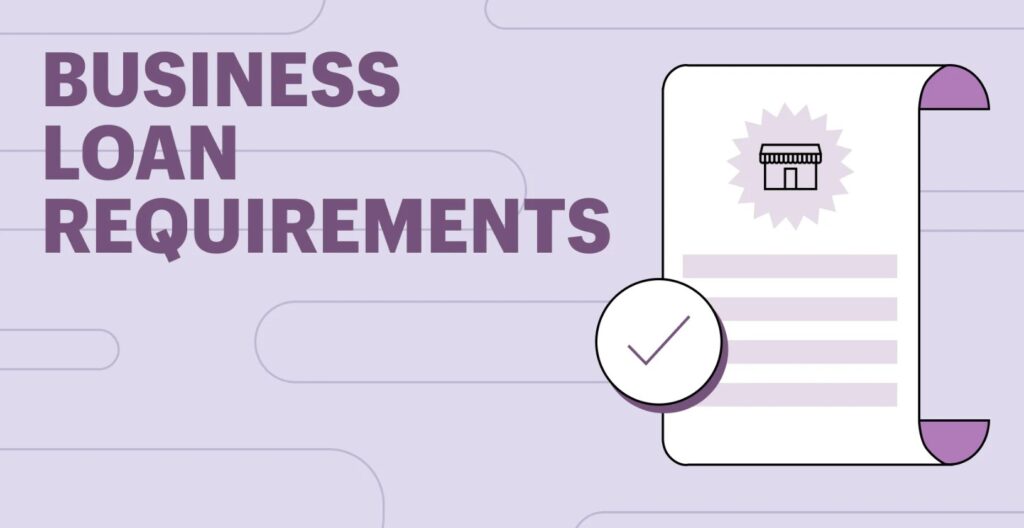Introduction
Your business idea is finally ready to take flight, but you need that crucial financial boost to make it happen. You’re not alone in feeling overwhelmed by the maze of business loan requirements and application processes. Many entrepreneurs share the same concerns about credit scores, documentation, and rejection fears that might be holding you back right now.

The truth is, securing a business loan doesn’t have to be an intimidating mountain to climb. With the right knowledge of loan requirements and a strategic approach, you can position yourself as an attractive candidate to lenders. This comprehensive guide will walk you through everything you need to know about business loan requirements, from the fundamental basics to advanced strategies that separate successful applicants from the rest. By the end, you’ll have a clear roadmap to navigate the lending landscape with confidence.
Foundation Requirements
Understanding the core business loan requirements is your first step toward funding success. Every lender evaluates four fundamental criteria that form the backbone of their decision-making process.
Credit Score Standards
Credit scores serve as your financial report card. Most traditional business loans require a personal credit score of 650 or higher, though some SBA loans accept scores as low as 580. Your business credit score, if established, should ideally be above 75. For example, Sarah’s bakery secured a $50,000 equipment loan with a personal credit score of 720 and a newly established business credit profile of 80.
Financial Documentation
Financial documentation represents the paperwork foundation of your application. Lenders typically require:
- 2–3 years of business and personal tax returns
- Profit and loss statements
- Bank statements (last six months)
- Balance sheets
- Cash flow statements (especially for service-based businesses)
Consider how Mike’s consulting firm streamlined their approval process by organizing all financial documents in a digital folder six months before applying.
Business Plan Quality
Your business plan should include:
- Detailed market analysis
- Competitive landscape assessment
- Financial projections for at least three years
- Specific use of loan funds
Lenders want to see realistic revenue forecasts backed by solid market research, not just optimistic guesswork.
Collateral and Down Payment
Collateral and down payment requirements vary:
- Traditional bank loans: 20–30% down payment and substantial collateral
- SBA loans: 10–15% down payment
- Equipment loans: Often use purchased equipment as collateral
For newcomers to business financing, consider starting with SBA microloans or equipment financing, as these typically have more flexible requirements. Credit unions also offer competitive rates and more personalized service.
Advanced Qualification Strategies
Moving beyond basic requirements, sophisticated applicants employ strategic approaches that significantly improve their approval odds and loan terms.
Industry-Specific Preparation
Understanding how lenders view your sector is key. Restaurants and retail face different scrutiny than professional services or manufacturing. Research industry benchmarks like:
- Debt-to-equity ratios
- Profit margins
- Cash flow patterns
For example, restaurants may need higher cash reserves due to seasonal fluctuations, while service firms can leverage recurring revenue.
Relationship Banking Strategy
Build connections before you need funding. Open business accounts, establish credit lines, and meet with your banker quarterly to discuss your performance and plans. This relationship often results in better terms and faster approvals.
Alternative Funding Exploration
Beyond bank loans, consider:
- Revenue-based financing – For consistent monthly revenue
- Invoice factoring – Great for B2B with reliable clients
- Peer-to-peer lending – More flexible on credit requirements
Financial Statement Optimization
Present your business in the best light by:
- Applying during revenue peaks
- Restructuring debt to improve ratios
- Using clean, consistent bookkeeping
Accountants recommend a “loan readiness audit” 6 months before applying to identify potential red flags.
Even home-based businesses can qualify by showing proper registration, business-only financial accounts, and clear expense tracking.
Gradual credit building with business credit cards and trade credit also strengthens your profile naturally over time.
Application Workflow Optimization
Successful loan applications require systematic planning and efficient execution that saves time while maximizing approval chances.
Pre-Application Preparation
Start 6–12 months before applying:
- Update financial statements monthly
- Monitor personal and business credit
- Document milestones (new contracts, revenue growth)
- Build your loan application checklist early
Lender Research Systems
Create a spreadsheet comparing:
- Interest rates
- Loan terms
- Documentation requirements
- Approval timelines
Apply to 3–5 lenders simultaneously to compare offers and create negotiating leverage.
Time-Saving Documentation Tools
Use tools like:
- Cloud accounting software (QuickBooks, Wave)
- Document scanning apps (CamScanner, Adobe Scan)
- Project management tools (Trello, Notion)
Routine practices include monthly financial reviews, quarterly credit checks, and updating your business plan annually.
Conclusion
Your journey to securing business financing doesn’t have to be overwhelming or mysterious. Loan requirements are meant to protect both parties—not prevent you from accessing funds. Every successful entrepreneur once stood where you are now, wondering how to get approved.
Start today:
- Check your credit score
- Gather your last 6 months of bank statements
- Research 3 potential lenders that match your business
Preparation beats perfection. You don’t need perfect finances—just organized records, a plan, and persistence. Your business dreams deserve the funding to grow, and now you know how to make it happen.